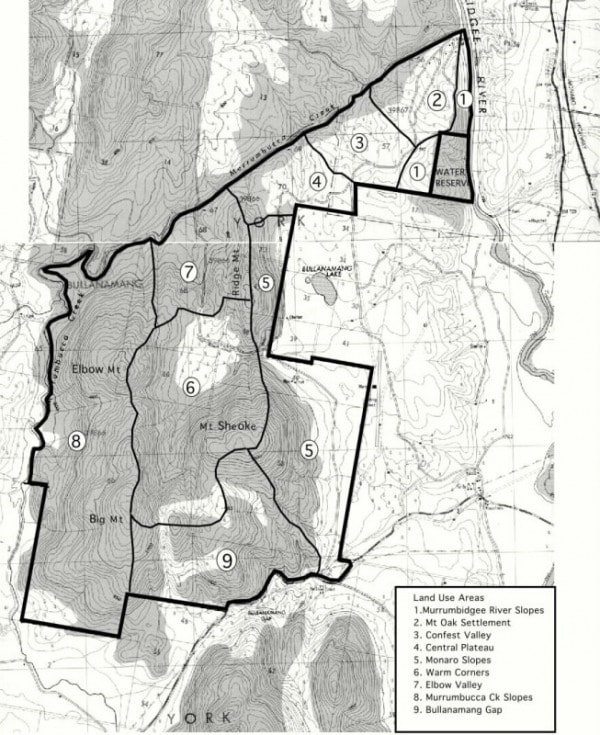Ecosystem Restoration
While habitat restoration is a process of removing the elements that degraded the environment in the first instance, such as hoofed animal grazing disturbance, the Mt Oak Community Association's primary ongoing rehabilitation tasks are weed control, feral animal control and weed control, not necessarily in that order...
The Mt Oak rehabilitation strategy is concentrated on protection and retention of existing habitat and restoration through natural processes. The removal of threatening processes is usually enough for remnant Australian landscapes to recover, given enough time
Serrated Tussock, African Lovegrass, Vipers Bugloss and St John's Wort, along with foxes, wild pigs, feral goats, feral cats and rabbits, are the main obstacles to assisting these nationally depleted temperate grasslands and grassy woodlands to return to something like their former habitat values and levels of biodiversity.
The Mt Oak rehabilitation strategy is concentrated on protection and retention of existing habitat and restoration through natural processes. The removal of threatening processes is usually enough for remnant Australian landscapes to recover, given enough time
Serrated Tussock, African Lovegrass, Vipers Bugloss and St John's Wort, along with foxes, wild pigs, feral goats, feral cats and rabbits, are the main obstacles to assisting these nationally depleted temperate grasslands and grassy woodlands to return to something like their former habitat values and levels of biodiversity.
Old Parish map showing Mt. Oak locations and land use areas























